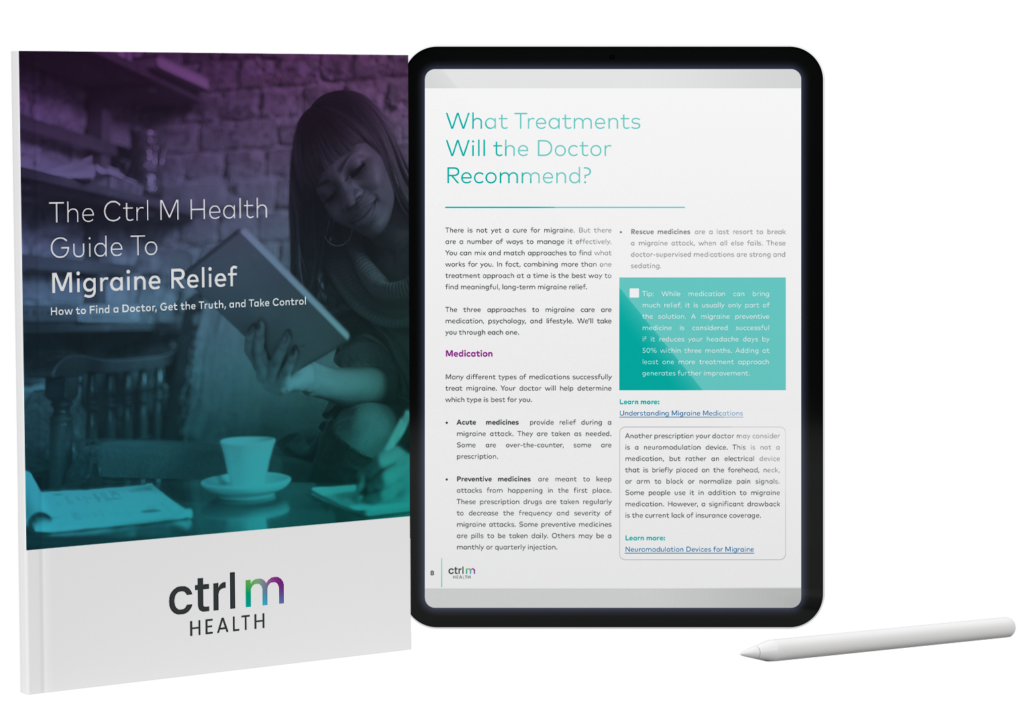
In the first part of our series, we discussed the challenge of parenting during the pandemic and how those challenges fall disproportionately on moms. Now we’ll discuss a powerful way to reclaim time and space for yourself to lessen the frequency of stress migraine in these uncompromising times: asking for help.
Remember, if working harder was the answer, you’d have solved your headache problem by now. Constantly firing on all cylinders is counterproductive for parenting with migraine, especially as it can increase the frequency of stress migraine. Reach out for the help you need so you can take care of yourself, using these steps.
Ask yourself: What are my needs right now? In times of stress, we tend to focus our attention on taking care of business rather than our actual needs. Consider that Covid-19 has disrupted some of our most basic human needs, including physical touch, emotional closeness, and our sense of safety. Take a moment to sit, breathe deeply, and tune into yourself. What do you need to take care of yourself in this pandemic moment – be it physically, mentally, or spiritually? Is your inner voice saying, “I need this thing?” Or perhaps it is saying, “I can’t do this thing anymore?”
Have compassion for where you are. The definitions of self-care for migraine will vary widely right now. For some people, that may mean getting in an exercise session or some meditation. For others, it may mean attending to basic needs. “If getting food on the table is an issue, that has to be taken care of before you meditate. One person’s reaching out to social services is another person’s bubble bath,” says pain psychologist Dr. Caryn Seebach. “Whatever takes that pressure off. There’s no judgment, it’s just understanding where you are on the spectrum.”
Try choosing a migraine-healthy strategy. Now that you have a sense of your needs and feel compassion for yourself, consider what migraine-healthy activity you may be able to incorporate as a form of self-care. No step you take is too small, even if it’s 60 seconds of sitting quietly and focusing on your breath. (In fact, you might try it right now.) Some powerful activities for migraine health you might try right now:
- Get proper sleep, nutrition and hydration. These are the foundational elements of your core health. Addressing even one of them will make a difference.
- Move your body. Consistent exercise is crucial to raising your threshold for migraine.
- Meditate with the help of a guided meditation app or try a relaxation technique.
- Make time for joy. Do you have a hobby that’s fallen by the wayside? A dear friend you’ve been missing? When you actively reconnect with something for the sake of meaning and joy, including relationships, it’s like plugging your brain into a healthy power source.
- Seek psychological support. Talk therapy helps reduce stress and is highly effective in treating migraine, reducing headaches up to 67%.
Identify the social supports in your life. Take five minutes to reflect on the supportive people in your life and the needs they can meet.
- Who in your life can be counted on for practical support like babysitting, grocery shopping, or making meals?
- What about emotional support? Who do you turn to when you need comfort? Who is helpful in a crisis or a challenge?
- Who do you consult for advice? Who helps you make decisions? Who will stand up and advocate for you?
Reach out with a specific ask. Now that you have your list of social supports, think about who on the list can meet your greatest need right now. Then reach out and ask for that specific thing. Is it a shoulder to cry on? Is it an hour of childcare? Is it a talk with your partner about the division of labor? Specificity is important because people often want to help but don’t know how. Take the first step. Then, next week, take another specific step and keep the momentum going.
This Covid-19 era is a moment of vulnerability. But that also makes it an opportunity to reevaluate. Making the shift to prioritize your health right now can not only help you through this pandemic back-to-school crisis — it can become the start of a fuller, better life with migraine.
For more in our Covid-19 and Migraine series, read “Is it Migraine or is it Covid-19?”
The Care Tuner Guide to Migraine Relief
Untreated migraine tends to worsen over time, so if you suspect you have migraine, it’s important to get help. We’ve compiled everything you need, including what to expect, pitfalls to avoid, and what you can do right now to get relief.







